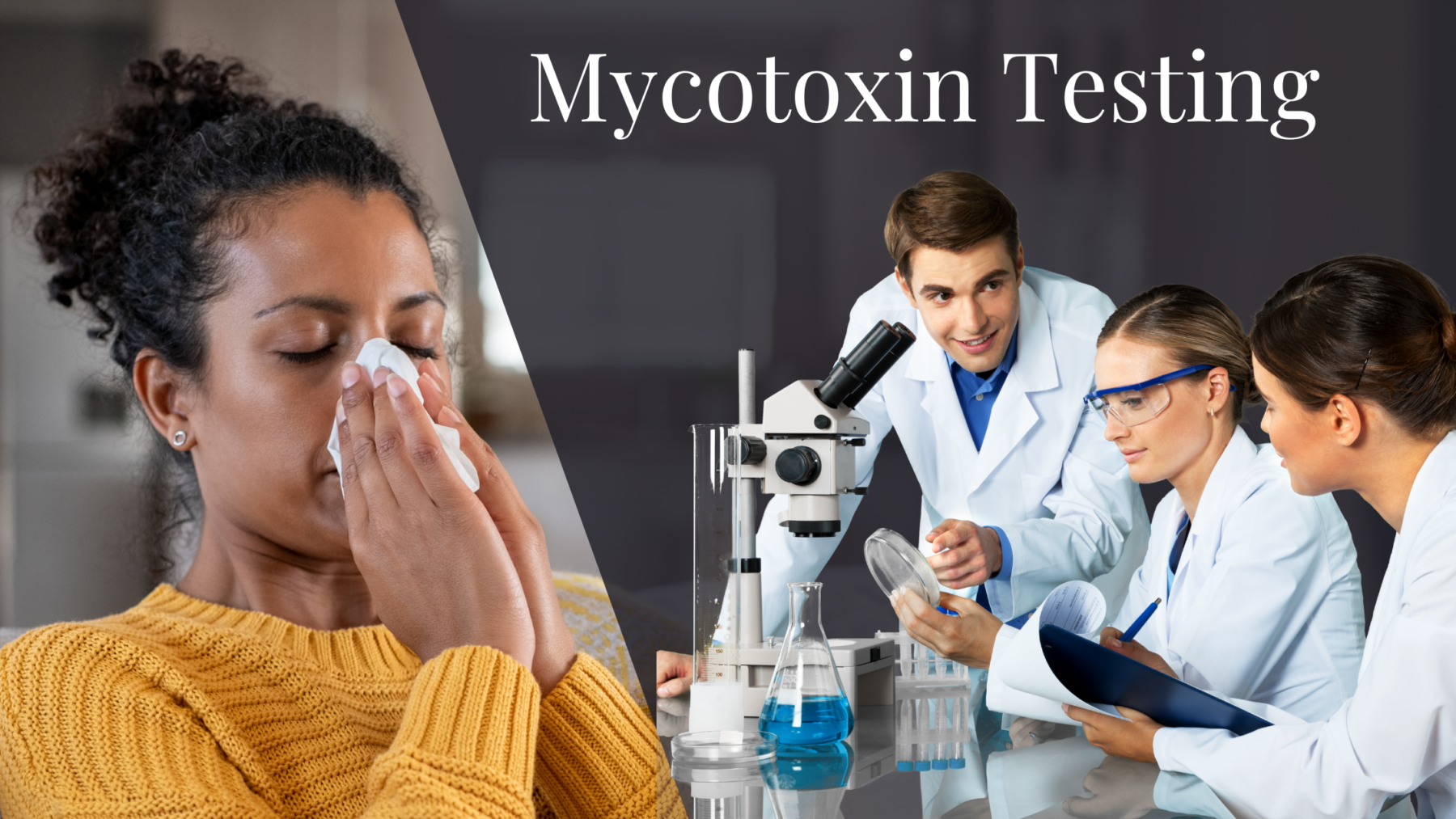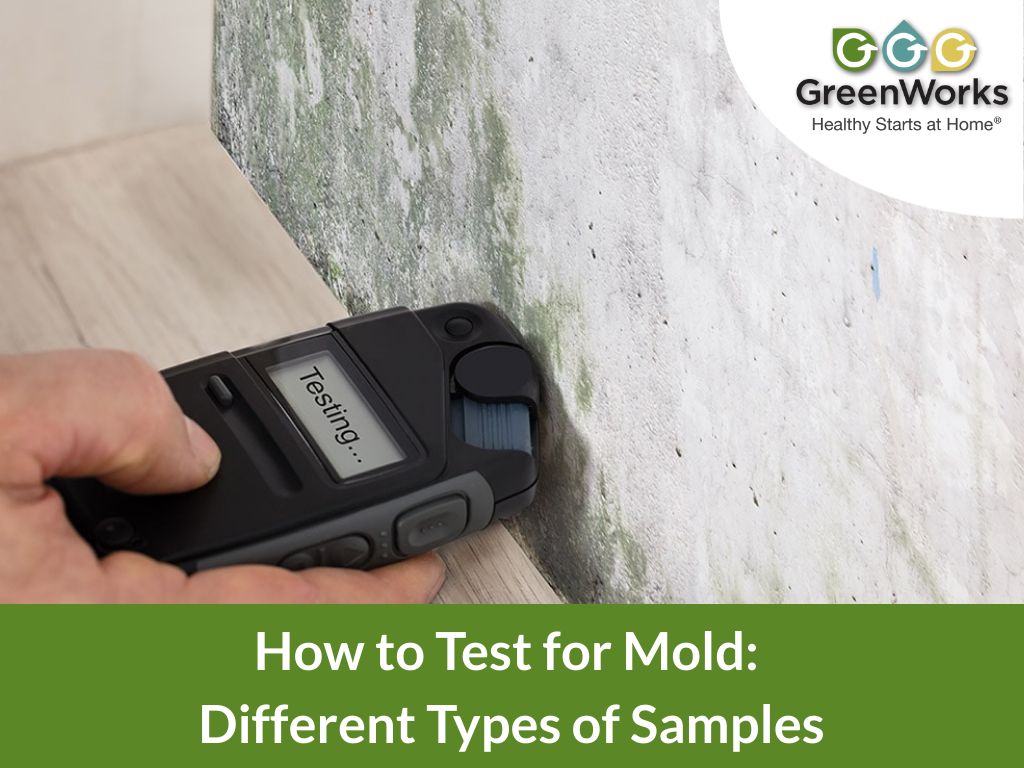Picking the Right Mycotoxin testing Services for Your Service
Picking the Right Mycotoxin testing Services for Your Service
Blog Article
Just How Mycotoxin Testing Helps Stop Contamination and Guard Food Materials

Mycotoxin screening is an essential practice in the food industry, offering as a frontline protection against contamination by damaging toxic substances created by molds. With the application of advanced techniques like High-Performance Fluid Chromatography (HPLC) and Fluid Chromatography-Mass Spectrometry (LC-MS), food producers can accurately evaluate and find mycotoxin levels in agricultural items. This positive approach not just makes certain compliance with rigorous security policies but additionally alleviates health and wellness risks to customers. Additionally, normal testing strengthens brand reputation and economic health by lowering contamination-related occurrences. So, how specifically do these testing procedures incorporate into the more comprehensive food security approach?
Understanding Mycotoxins
Understanding mycotoxins begins with recognizing that they are harmful secondary metabolites produced by certain molds, which can contaminate agricultural items. These metabolites are not essential for the growth or reproduction of the fungis however can have extreme effects for animal and human health. Mycotoxins are commonly found in staple plants such as corn, wheat, barley, and nuts, where they can proliferate under certain conditions of moisture and temperature.
There are several sorts of mycotoxins, each generated by various fungal types. Aflatoxins, produced by Aspergillus species, are amongst one of the most well-known, known for their carcinogenic buildings. An additional considerable group includes ochratoxins, generated by Aspergillus and Penicillium types, which have nephrotoxic results. Fusarium varieties create trichothecenes and fumonisins, both of which are connected with different intense and chronic wellness problems.

Threats of Mycotoxin Contamination
The threats of mycotoxin contamination are diverse, positioning significant risks to both food safety and public wellness. Mycotoxins, hazardous substances produced by certain sorts of fungi, can contaminate a variety of agricultural products consisting of cereals, nuts, spices, dried out fruits, and coffee. When these toxins penetrate the food supply, they can cause major wellness problems such as liver damage, kidney failing, and even cancer. Vulnerable populaces, including youngsters, the senior, and immunocompromised individuals, are especially in jeopardy.
Economic effects are another significant concern. Polluted plants can lead to significant financial losses for farmers and food manufacturers as a result of decreased returns and the need for expensive purification procedures. Global profession can be considerably impeded as nations apply strict mycotoxin policies to safeguard their populations, leading to declined shipments and strained profession relationships.
Ecological factors such as climate modification worsen the threat of mycotoxin contamination. Variations in temperature and humidity can produce desirable problems for fungal development, raising the likelihood of contamination events. Therefore, understanding and alleviating these risks are vital for ensuring the safety and integrity of global food supplies.
Methods of Mycotoxin Testing
Accurately identifying mycotoxin contamination in agricultural items is vital for securing public wellness and preserving food security criteria. Different techniques are employed to identify and measure mycotoxins, each offering particular advantages and constraints.
High-Performance Liquid Chromatography (HPLC) is a commonly made use of technique as a result of its high sensitivity and accuracy. It involves Visit Website dividing mycotoxins from various other substances in a sample, enabling exact metrology. Fluid Chromatography-Mass Spectrometry (LC-MS) integrates liquid chromatography with mass spectrometry to give in-depth molecular information, making it particularly valuable for recognizing several mycotoxins at the same time.

Gas Chromatography-Mass Spectrometry (GC-MS) and Thin-Layer Chromatography (TLC) are likewise utilized, each with distinct applications. GC-MS is efficient for unpredictable mycotoxins, while tender loving care supplies a less complex, cost-efficient option for preliminary screening.
Benefits of Normal Examining
Normal testing for mycotoxins in agricultural products offers numerous advantages, significantly adding to public wellness and food security. By determining contamination early, regular screening aids stop the distribution of harmful foods, consequently decreasing the danger of mycotoxin-related illnesses amongst consumers. This proactive strategy not just safeguards human health and wellness but additionally enhances the total high quality of food supplies.
Regular screening also sustains regulative conformity. Different countries and areas have established rigorous restrictions for mycotoxin levels in food and feed. Sticking to these limitations through normal screening guarantees that manufacturers and vendors fulfill lawful standards, therefore preventing penalties and profession obstacles. Additionally, maintaining conformity fosters customer count on and brand name credibility, which are critical for market success.
In addition, routine mycotoxin screening can bring about significant financial benefits. Early discovery of contamination allows for prompt treatment, lowering prospective losses from extensive contamination. Applying routine screening protocols can also lessen recall prices and related obligations, which can be financially ravaging.
In addition, regular testing offers useful information that can educate far better farming practices and storage conditions. By comprehending patterns of contamination, manufacturers can take on safety nets, consequently contributing and decreasing future dangers to the sustainability of the food supply chain.
Executing Evaluating Procedures
Carrying out reliable mycotoxin testing procedures is important for making sure the safety and high quality of farming products. Each phase needs to be scrutinized to determine where mycotoxin contamination is most likely to occur.
When important control points are identified, choosing proper testing techniques is crucial. Typical methods include enzyme-linked immunosorbent assay (ELISA), high-performance fluid chromatography (HPLC), and mass look at this website spectrometry (MS) Each method has its weaknesses and toughness; thus, picking the proper one depends upon the certain mycotoxin being checked, the called for level of sensitivity, and readily available sources.

Last but not least, integrating the testing protocols right into a comprehensive Recommended Site food safety monitoring system is a good idea. This enhances traceability and allows quick rehabilitative actions when contamination is identified, consequently securing the integrity of the food supply chain.
Conclusion
Mycotoxin screening is crucial in protecting against contamination and protecting food products by making it possible for very early detection of unsafe toxins generated by mold and mildews in agricultural products. Advanced approaches such as HPLC and LC-MS make certain conformity with safety guidelines and secure customers from health risks. Regular testing boosts brand online reputation, economic stability, and trust fund in food safety and security by reducing contamination-related losses and keeping high standards in food manufacturing. Executing extensive testing protocols is therefore crucial for the market's total health.
Mycotoxin testing is an important technique in the food industry, serving as a frontline defense against contamination by harmful toxic substances created by mold and mildews. An integrated technique involving farming practices, storage space monitoring, and regular testing can minimize the threats connected with mycotoxin contamination, ensuring food security and public health.
The dangers of mycotoxin contamination are complex, posing considerable threats to both food safety and public wellness.Routine testing for mycotoxins in farming items provides numerous advantages, significantly contributing to public health and wellness and food safety and security.Mycotoxin testing is essential in stopping contamination and protecting food supplies by allowing very early discovery of dangerous toxic substances produced by molds in agricultural products.
Report this page